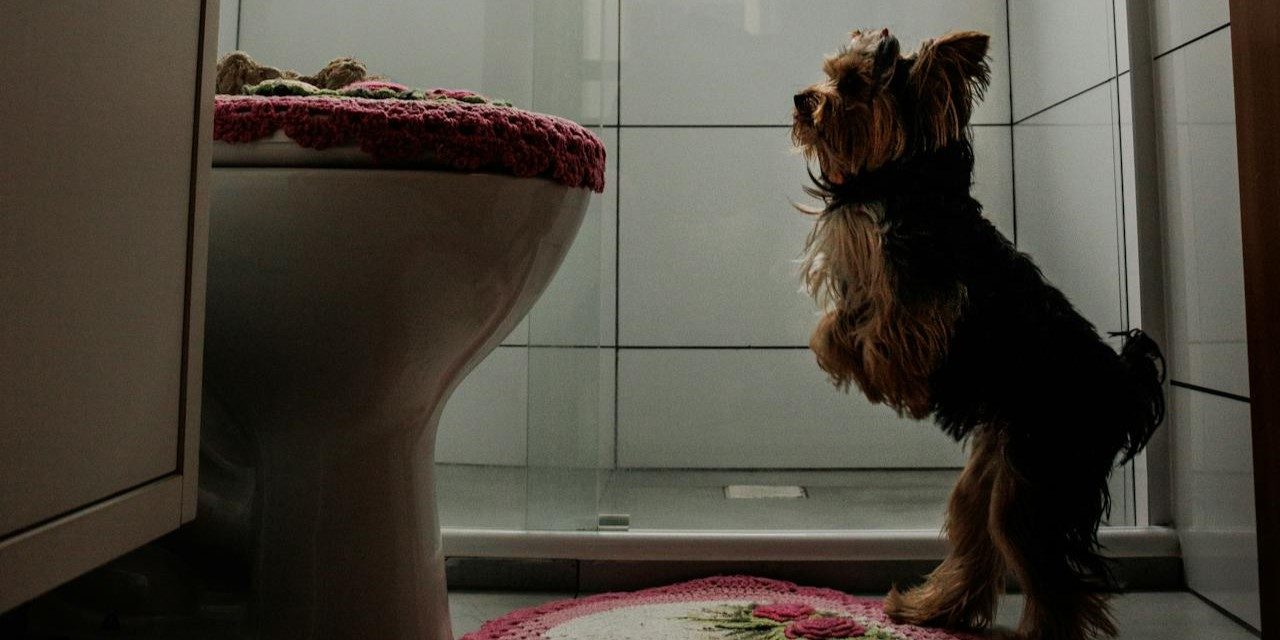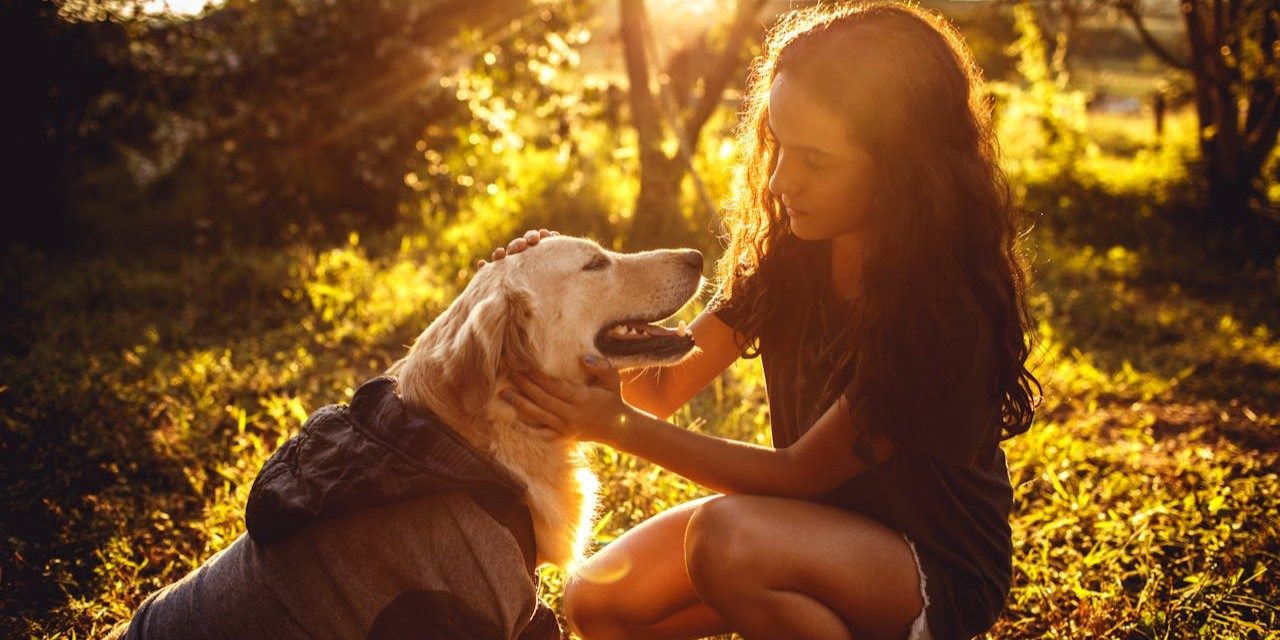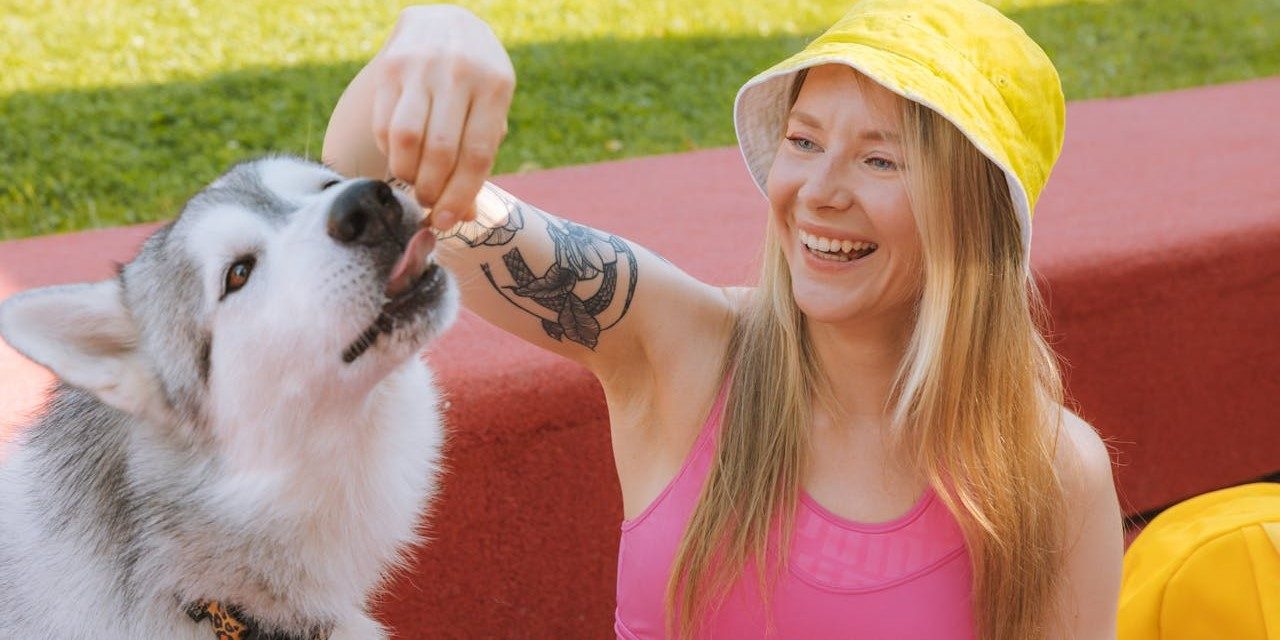Search And Rescue Dogs Training: Unleashing Heroic Skills
Search and rescue dogs training turns ordinary pups into heroes. Have you ever wondered how they save lives in emergencies, from natural disasters to missing person cases. But behind their life-saving skills lies intense training, dedication, and a unique bond with their handlers. In this post, you’ll uncover the fascinating world of search and rescue dog training. You’ll learn what it takes to turn a playful pup into a skilled lifesaver, and you might even discover the surprising role you could play in supporting these heroes. Stick around—you won’t want to miss what goes into preparing these four-legged rescuers to make a difference when it matters most! Credit: www.youtube.com The Role Of Search And Rescue Dogs Search and rescue dogs play a life-saving role in emergencies. Whether it’s locating a missing person in the wilderness or finding survivors after a natural disaster, these dogs bring unmatched skills to the table. Their training transforms them into heroes who can do what humans alone often cannot. Their Unparalleled Sense Of Smell Did you know that a dog’s sense of smell is up to 100,000 times more sensitive than yours? This ability allows search and rescue dogs to detect human scent over vast distances or even beneath rubble. For example, during an earthquake rescue mission, dogs can pinpoint survivors trapped under debris, guiding responders exactly where to look. Such precision is critical when every second counts. Without these dogs, finding survivors in time could be nearly impossible. Their noses are their superpower, but their training sharpens it to perfection. High Stamina And Endurance Search and rescue dogs are trained to work long hours in tough environments. They’re often deployed in extreme weather, dense forests, or unstable terrains. Imagine hiking for hours through snow or rubble—these dogs do it effortlessly. But their endurance isn’t just physical. They’re trained to stay focused and motivated even when the search stretches for hours or days. Their determination often inspires the human rescuers working alongside them. Would you be able to maintain that level of drive? The Human-dog Bond The connection between a search and rescue dog and their handler is extraordinary. This bond is built on trust, constant communication, and teamwork. A handler knows their dog’s signals—whether it’s a bark, a wag, or a specific posture—and responds immediately. For instance, during a search mission, a handler might notice a subtle behavior change in the dog. That tiny shift could indicate the scent of a person. This kind of non-verbal communication is what makes the team so effective. Adaptable Skills For Different Missions Search and rescue dogs aren’t one-size-fits-all. Some are trained for wilderness tracking, while others specialize in water rescues or disaster zones. A Labrador might excel at finding scent trails in the woods, while a German Shepherd could thrive in urban search missions. Training adjusts to the specific mission type, ensuring the dog is always ready for the task at hand. This adaptability means they can assist in almost any emergency scenario. Could you imagine a single skill being so versatile? Emotional Support For Rescuers Search and rescue dogs don’t just help find people—they also boost morale. Their presence often provides comfort to rescuers during high-stress situations. A wagging tail or a moment of affection can remind a tired team why they’re pushing so hard. In some cases, they even bring hope to those waiting for rescue. When a dog arrives on the scene, it’s a sign that help is near. That simple sight can be a powerful motivator. Search and rescue dogs do more than just search—they inspire, adapt, and connect. Their role isn’t just important; it’s irreplaceable. What would the world look like without them? Credit: www.kinship.com Traits Of An Effective Search Dog Search and rescue dogs play a vital role in saving lives. Their ability to locate missing persons is shaped by key traits. These traits allow them to perform under pressure and in challenging environments. Not every dog is suited for search and rescue work. Specific qualities make some dogs naturally better at this task. Understanding these traits helps trainers select and develop effective search dogs. 1. Strong Sense Of Smell A search dog must have an excellent sense of smell. This is the foundation of their tracking ability. Dogs use their nose to detect scents humans cannot sense. This skill allows them to locate people even in difficult conditions. 2. High Energy Levels Search and rescue missions demand long hours and physical stamina. Dogs with high energy levels can work tirelessly in tough situations. They need to remain active and focused without showing signs of exhaustion. 3. Intelligence An intelligent dog can learn complex commands and adapt quickly. Problem-solving skills are crucial during search missions. Intelligent dogs can navigate obstacles and follow commands effectively. 4. Calm Under Stress Search environments are often chaotic. Effective search dogs remain calm under pressure. Their ability to stay focused ensures they perform well even in stressful situations. 5. Strong Bond With Handler A search dog must trust and connect with their handler. This bond ensures clear communication during missions. Dogs with strong bonds follow commands willingly and work as a team. 6. Good Physical Health Search dogs must be in excellent physical condition. They need strength, agility, and endurance to perform in various terrains. Regular health checks and exercise are essential for maintaining their fitness. Choosing The Right Dog For The Job Search and rescue (SAR) dogs are heroes on four legs, but not every dog is cut out for this demanding role. The right breed, temperament, and physical ability can make all the difference. Picking the right dog isn’t just about looks; it’s about finding a partner that thrives in challenging situations. Breed Matters: Which Breeds Excel In Sar Work? Some breeds are naturally suited for search and rescue due to their instincts and abilities. German Shepherds, Labrador Retrievers, and Border Collies are popular choices because of their intelligence, endurance, and strong work ethic. But don’t overlook lesser-known breeds. A Belgian Malinois, for … Read more








